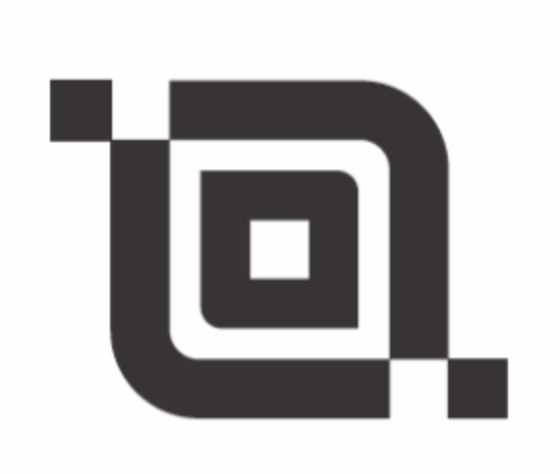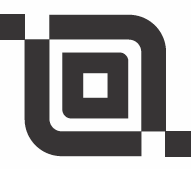
A Calibração de audiômetros, campo livre, impedanciômetros, cabines acústicas, PEATE e EOA segue rigorosamente a legislação nacional e internacional existente.
| A Empresa APOLOLABS adquiriu desde seu planejamento todas as norma ISO e IEC necessárias para a execução de suas atividades, adquiriu o melhor sistema de Calibração de fones de ouvido e vibradores ósseos disponível no mercado, aprimorou a qualificação de mais de oito anos de atividade na área de acústica e realizou treinamento com o INMETRO para calibração de audiômetros e outros dispositivos ligados à Audiologia. Detalhes da política de qualidade na calibração de audiômetros e afins da empresa Para manter a qualidade de seus serviços a Apololabs realiza diariamente a manutenção preventiva de seus equipamentos e todos os ajustes necessários para a garantia de sua precisão. Além disso, os recursos humanos são constantemente treinados e a empresa calibra anualmente todos os seus equipamentos no INMETRO e no fabricantes dos mesmos (Bruel & Kjaer, credenciado na Rede Brasileira de Calibração – RBC). |
 |  |  |
| Sistema de Calibração | Qualificação da Equipe | Documentação auxiliar |
1. Normas ISO
1.1. ISO 389-1:1998 – Reference zero for the calibration of audiometric equipment — Part 1: Reference equivalent threshold sound pressure levels for pure tones and supra-aural earphones.
1.2. ISO 389-1:2000 – Reference zero for the calibration of audiometric equipment — Part 1: Reference equivalent threshold sound pressure levels for pure tones and supra-aural earphones.
1.3. ISO 389-2:1997 – Reference zero for the calibration of audiometric equipment — Part 2: Reference equivalent threshold sound pressure levels for pure tones and insert earphones.
1.4. ISO 389-3:1994 – Reference zero for the calibration of audiometric equipment — Part 3: Reference equivalent threshold force levels for pure tones and bone vibrators.
1.5. ISO 389-4:1994 – Reference zero for the calibration of audiometric equipment — Part 4: Reference levels for narrow-band masking noise.
1.6. ISO 389-5:2006 – Reference zero for the calibration of audiometric equipment — Part 5: Reference equivalent threshold sound pressure levels for pure tones in the frequency range 8 kHz to 16 kHz.
1.7. ISO 389-6:2007 – Reference zero for the calibration of audiometric equipment — Part 6: Reference threshold of hearing for test signals of short duration.
1.8. ISO 389-7:2005 – Reference zero for the calibration of audiometric equipment — Part 7: Reference threshold of hearing under free-field and diffuse-field listening conditions.
1.9. ISO 389-8:2004 – Reference zero for the calibration of audiometric equipment — Part 8: Reference equivalent threshold sound pressure levels for pure tones and circumaural earphones.
1.10. ISO 389-9:2009 – Reference zero for the calibration of audiometric equipment — Part 9: Preferred test conditions for the determination of reference hearing threshold levels (ISO 389-9:2009).
1.11. ISO 8253-1:2010 – Audiometric test methods — Part 1: Basic pure tone air and bone conduction threshold audiometry.
1.12. ISO 8253-2:2009 – Audiometric test methods — Part 2: Sound field audiometry with pure-tone and narrow-band test signals.
1.13. ISO 8253-3:2012 – Audiometric test methods — Part 3: Speech audiometry.
